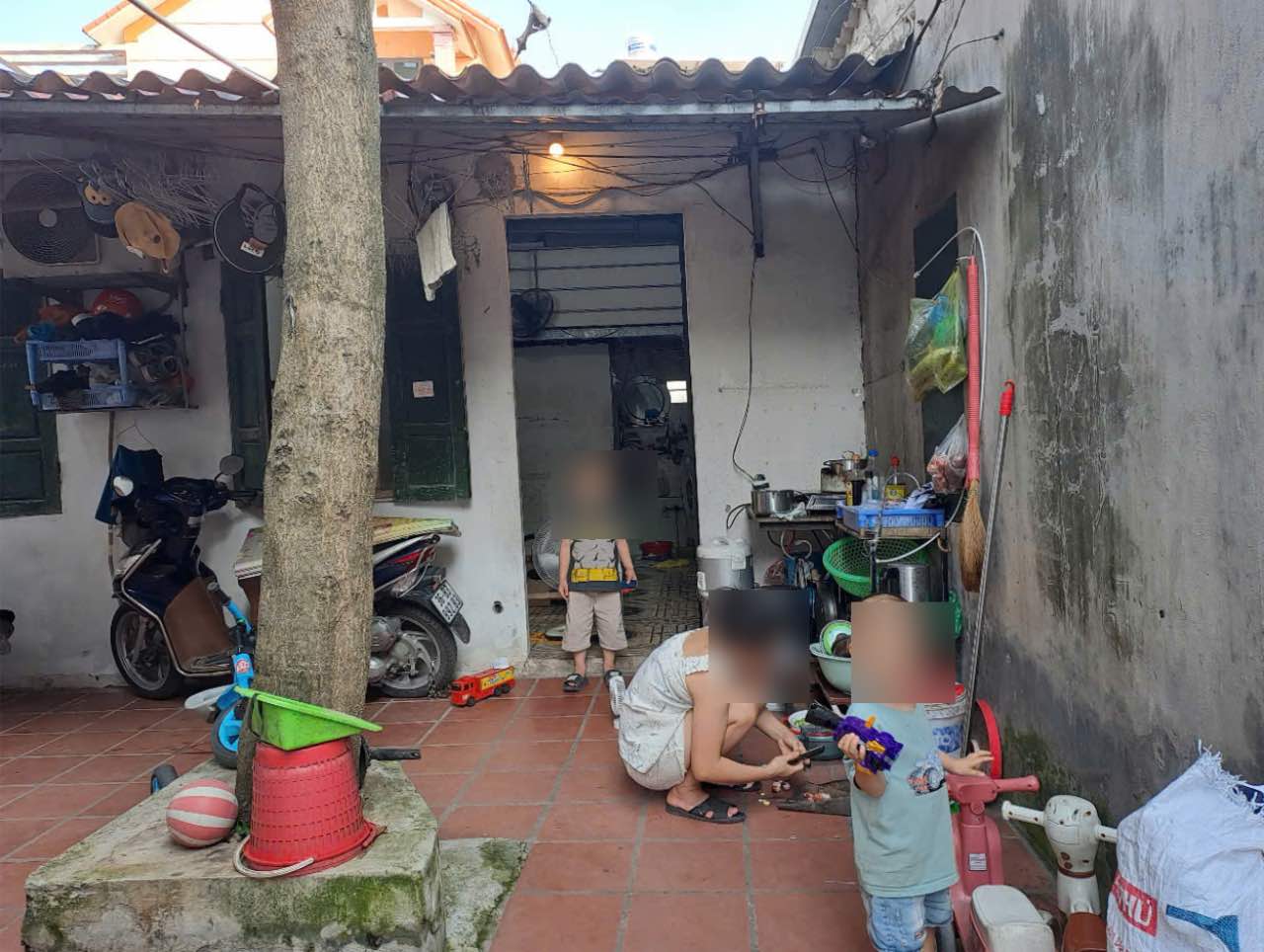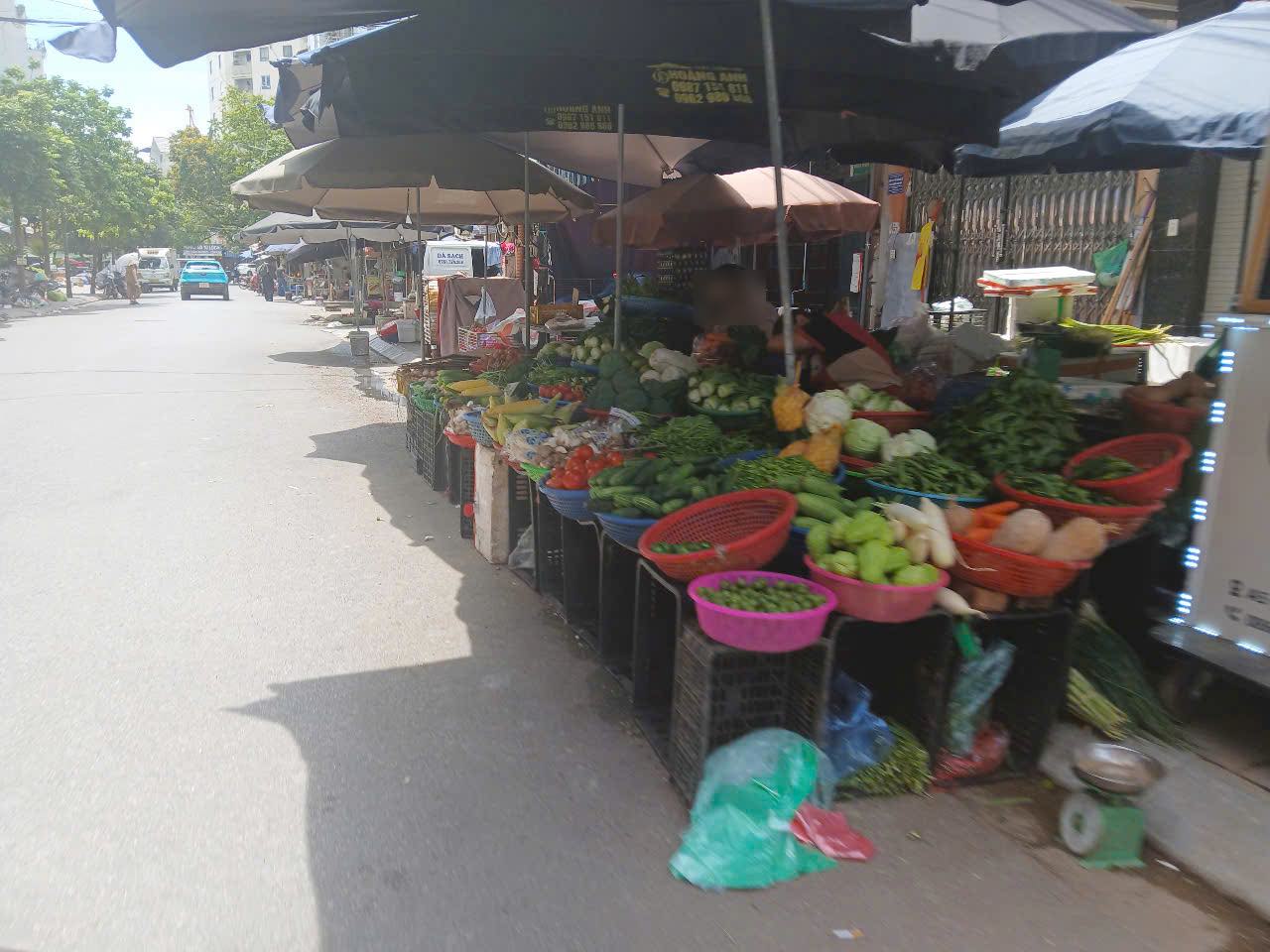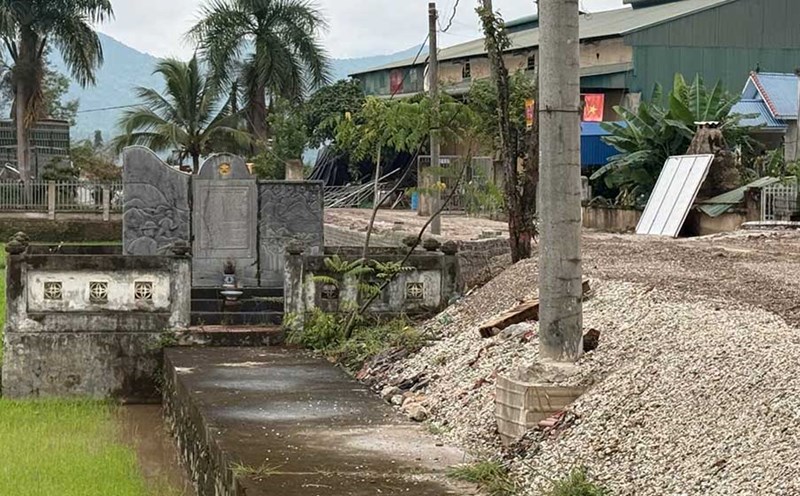Worried about food safety, people propose to retrieve them using QR codes
Living in a boarding house in Thien Loc commune (Hanoi), preparing for lunch, Mr. Nguyen Van Cuong (33 years old, from Nghe An) - one of thousands of illegal workers renting a room to work in Hanoi - shared: "Now I'm worried about everything. Vegetables are afraid of pesticide residues, meat is afraid of disease, fruits look fresh but do not know if they are soaked in chemicals or not".
Mr. Cuong said that he once bought water spinach from a traditional market to stir-fry garlic. Although he had soaked it in salt and washed it, after eating it, he had diarrhea. From there, he switched to buying food at stores and mini supermarkets with traceability stamps, however, prices are often high and not all products have full information.

"For example, all items can scan the QR code to know the place of manufacture, inspection process, expiration date... so consumers will feel more secure," said Mr. Cuong.
Similarly, Mr. Nguyen Van Tuan - a worker in Thang Long Industrial Park - shared, It is not always possible to distinguish goods with the naked eye. From food, cosmetics, pharmaceuticals to household appliances, clothes - consumers find it difficult to recognize the origin and source.
"If you can scan the QR code to trace the origin, it will be much more secure. Each consumer will be like a controller. When detecting any abnormalities, consumers can report to the authorities for timely handling, said Mr. Tuan.
QR is not just a code, but a consumer's trust
Speaking to Lao Dong Newspaper, Associate Professor, Dr. Nguyen Duy Thinh - former lecturer at the Institute of Biotechnology and Food (Hanoi University of Science and Technology) - commented that using QR codes to trace the origin of goods is a feasible solution in the context of technology development and popular smartphones.

QR code is not only a digital tool, but also a bridge between consumers and manufacturers. If the data is transparent and updated in real time, it will create great confidence, said Mr. Thinh.
However, Mr. Thinh also noted that for QR to be effective, there needs to be standardization and control from the authorities. If businesses create their own codes, the information may be one-sided or missing in specifics. Consumers scan the code but only see a general introduction, no specific data. Therefore, it is necessary for an intermediary agency to confirm and check periodically, said Mr. Nguyen Duy Thinh.
Associate Professor, Dr. Nguyen Duy Thinh believes that in order for QR to become a "key to trust", it is necessary to digitize the entire supply chain - from production, harvesting, transportation to distribution and consumption. Data must be transparent, with cross-checking, consumers can truly feel secure when scanning QR codes.
We need to understand that QR codes are not just squares for scanning but are the gateway to the data system. If managed properly, the code can store detailed information such as: batch number, production date, inspection facility, transportation warehouse... When there is an incident, this is the basis for determining specific responsibilities, Mr. Nguyen Duy Thinh analyzed.
According to Mr. Thinh, our country's agricultural production areas have growing area codes, packaging facility codes, some traceability systems in agriculture, aquaculture, etc. However, it is necessary to integrate and expand into a national system.
We can build a national traceability portal, where all businesses are required to register QR codes and enter data according to standards. The authorities will issue QR codes, control information and when the product reaches consumers, the QR code on the goods will be a trace for violations. Technology is not difficult the important thing is the determination to implement, Mr. Nguyen Duy Thinh emphasized.











